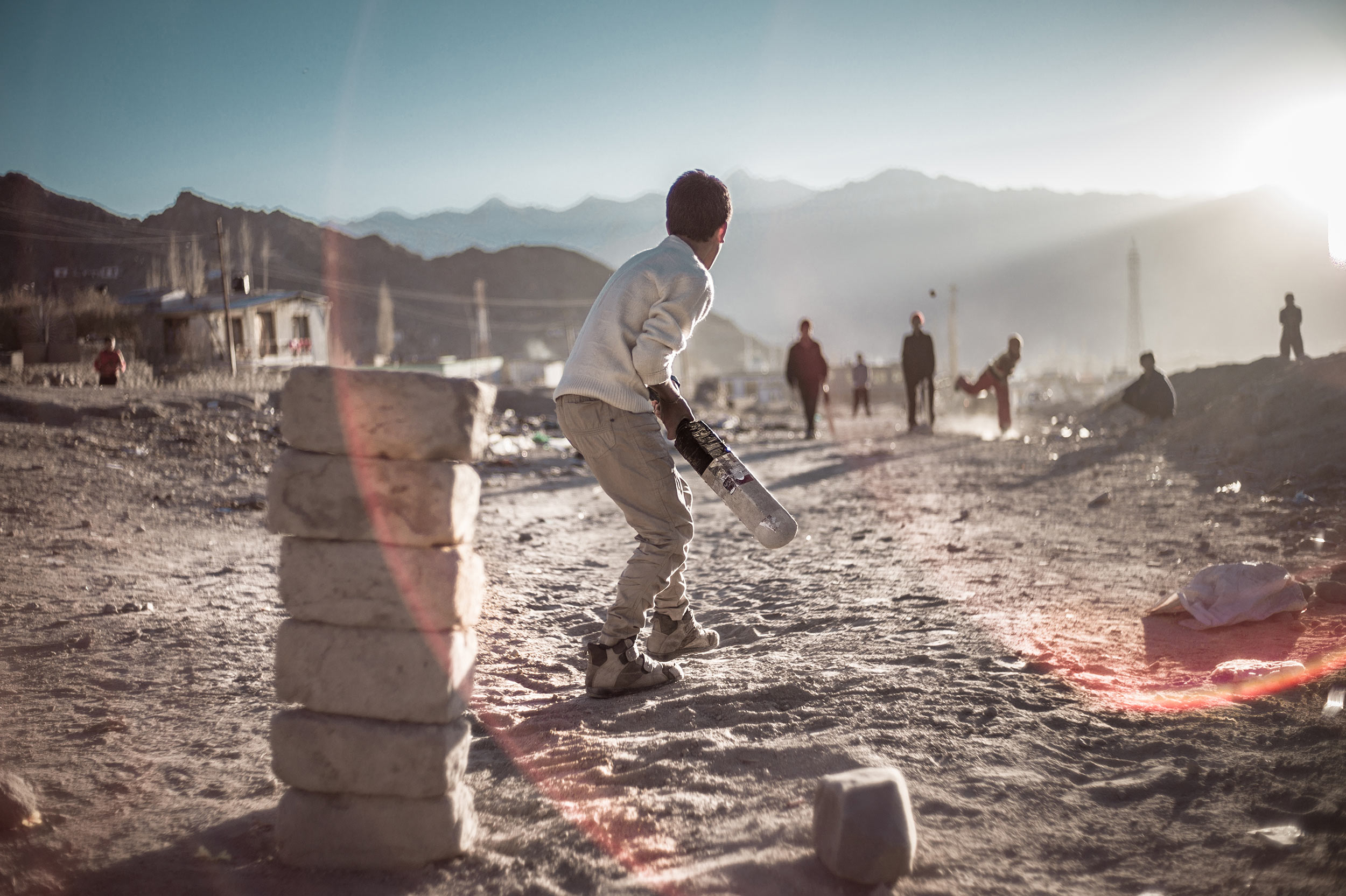
From Delhi to the Himalayas
From the organised chaos of Delhi to the crisp air of the Himalayas, you could spend a lifetime in India and still only scratch the surface. I spent 5 weeks in the northwest of the country riding camels, climbing mountains and making friends with (a billion) strangers. Welcome to India.
A cow enjoys a night out on the town in Delhi. In largely Hindu India, where many animals are revered as sacred, the cow holds a special place. The sight of nonchalant cows casually ambling the traffic-packed streets is common in Delhi. While the laws governing cattle vary greatly from state to state, most states forbid cow slaughter.
A significant percentage of a person’s body weight can be carried on one’s head with no extra exertion of energy. Thus, it is a popular method for transporting stock in the markets of Delhi. Just don’t tickle the carrier.
According to the World Health Organization (WHO), India is home to 12% of the world’s smokers. However, this does not mean they don’t make nice photos.
All aboard. India is home to the world’s busiest railway network; the country’s 23 million rail passengers travel three million kilometres every day. Many passengers spend days at a time on trains.
We’re all in it together. The intimate conditions on a long haul journey demand tolerance and patience while also promoting a culture of sharing and exchange. Food, chai, water, beds and life stories will all be shared.
“I don’t trust the guy with the camera, but I’m really really thirsty, so I’m just going to have to keep my eye on him”
Motorised two-wheel vehicles like scooters, motorcycles and mopeds are very popular due to their fuel efficiency and ease of use in congested roads or streets. The number of two-wheelers sold is several times that of cars. However, the smaller size of a two-wheeler does not necessarily translate to a smaller number of passengers; three, four and even five people can manoeuvre themselves onto a motorcycle if required.
Biking it in Bikaner. Bikaner is a city in the northwest of the state of Rajasthan in northern India.
Children mind camels while their owners fetch water in a small desert village in Rajasthan. The children are wearing eyeliner (Kajal), which is a common tradition across India. There are a number of theories around why this is done, some parents believe that eyeliner protects the eyes or improves sight; others believe the make-up enhances the eyes and makes the children prettier; while some even believe it wards off evil spirits.
A Sikh in Amritsar, the centre of Sikhism and the site of the Sikhs’ principal place of worship, the Golden Temple.
A slightly glum looking goat rests its head in Agra. It is wearing a purple sweater to keep it warm in winter. This is common for goats in India; being warm helps maintain their weight until they are slaughtered.
Hordes of children playing makeshift games of cricket is a common sight in India, even at an elevation of 3,500 metres in the Himalayan city of Leh. Once a preserve of aristocrats and the elite, cricket is now the game of the people; all of them. It by far the most popular sport in India and has an ability to transcend all levels of society.